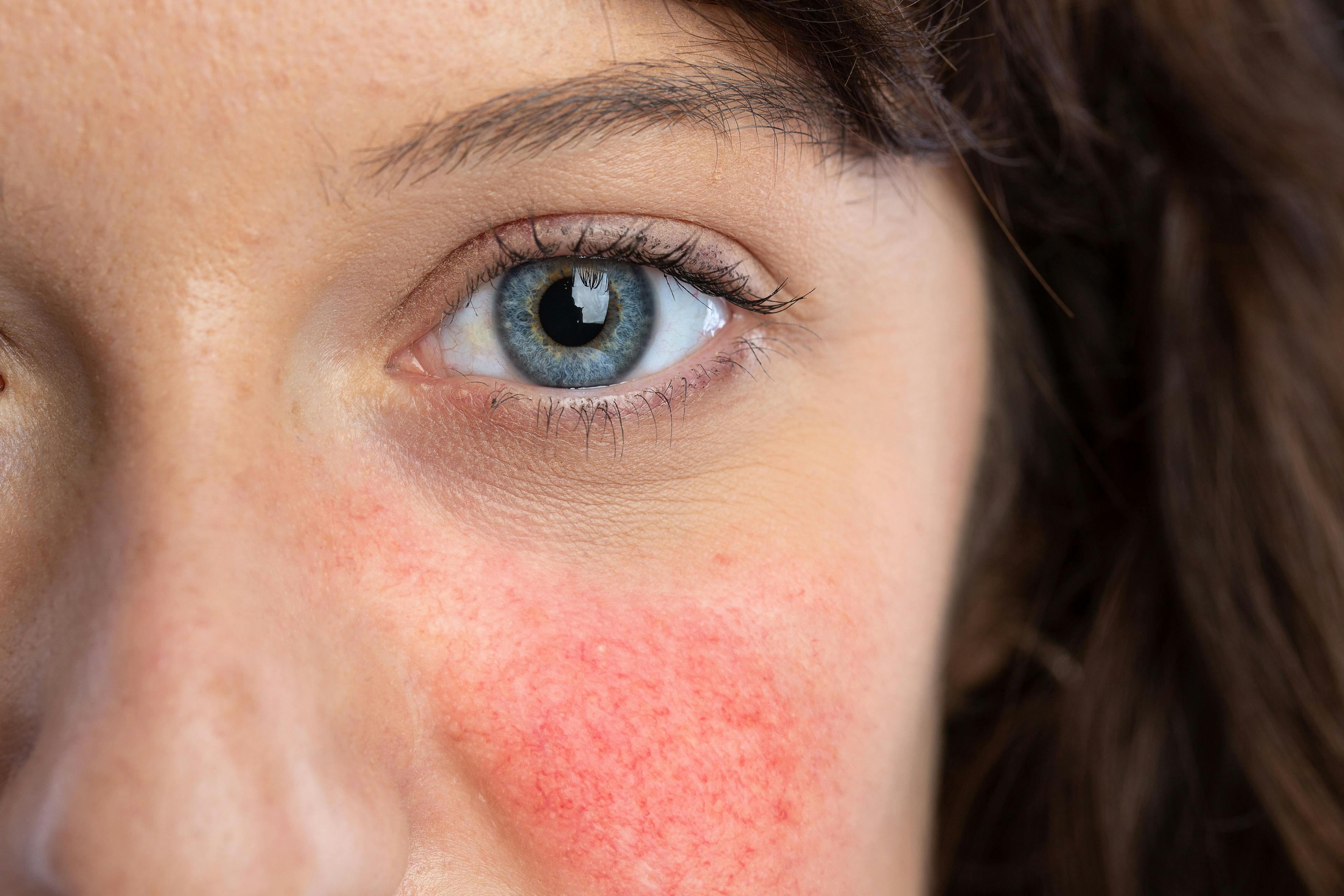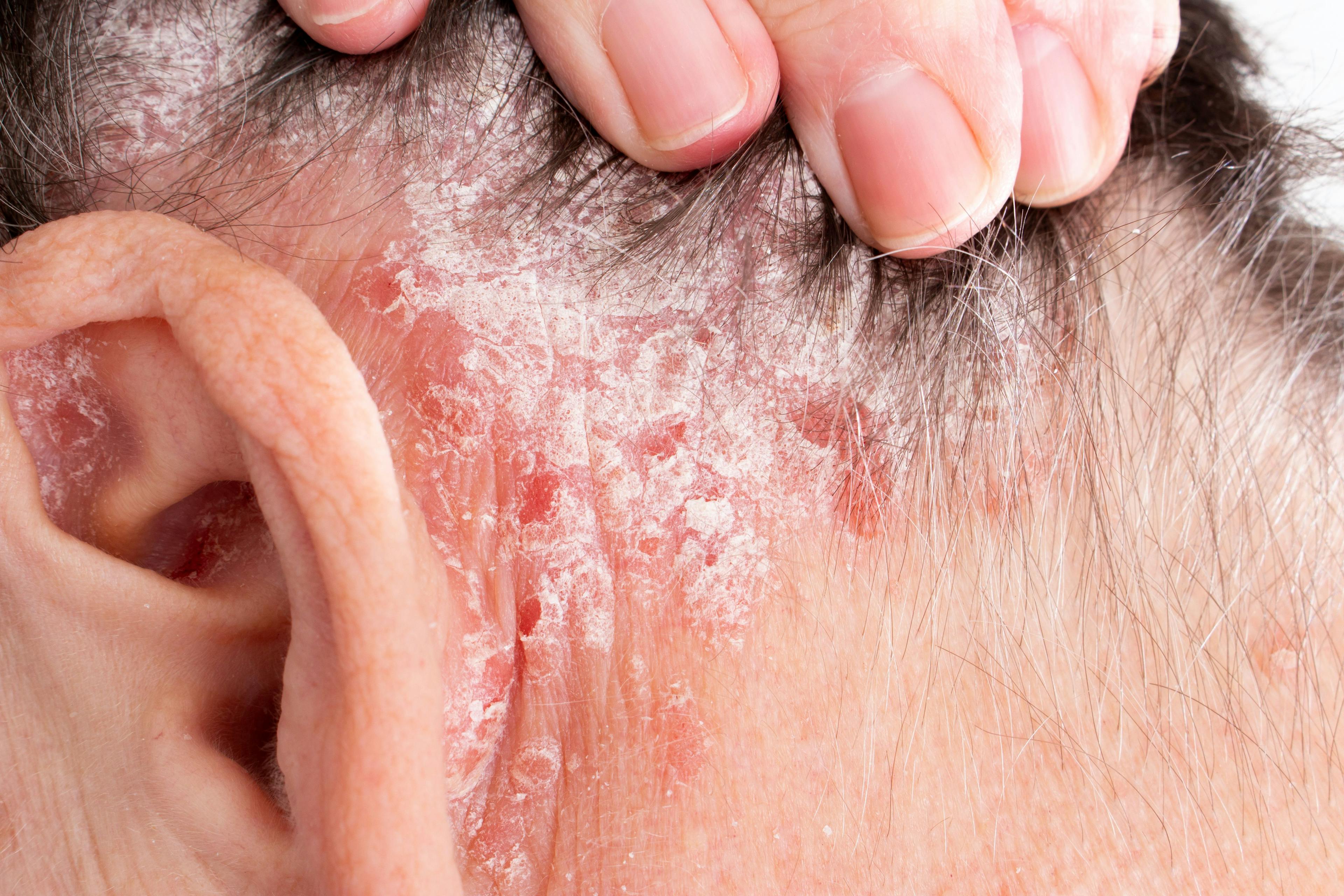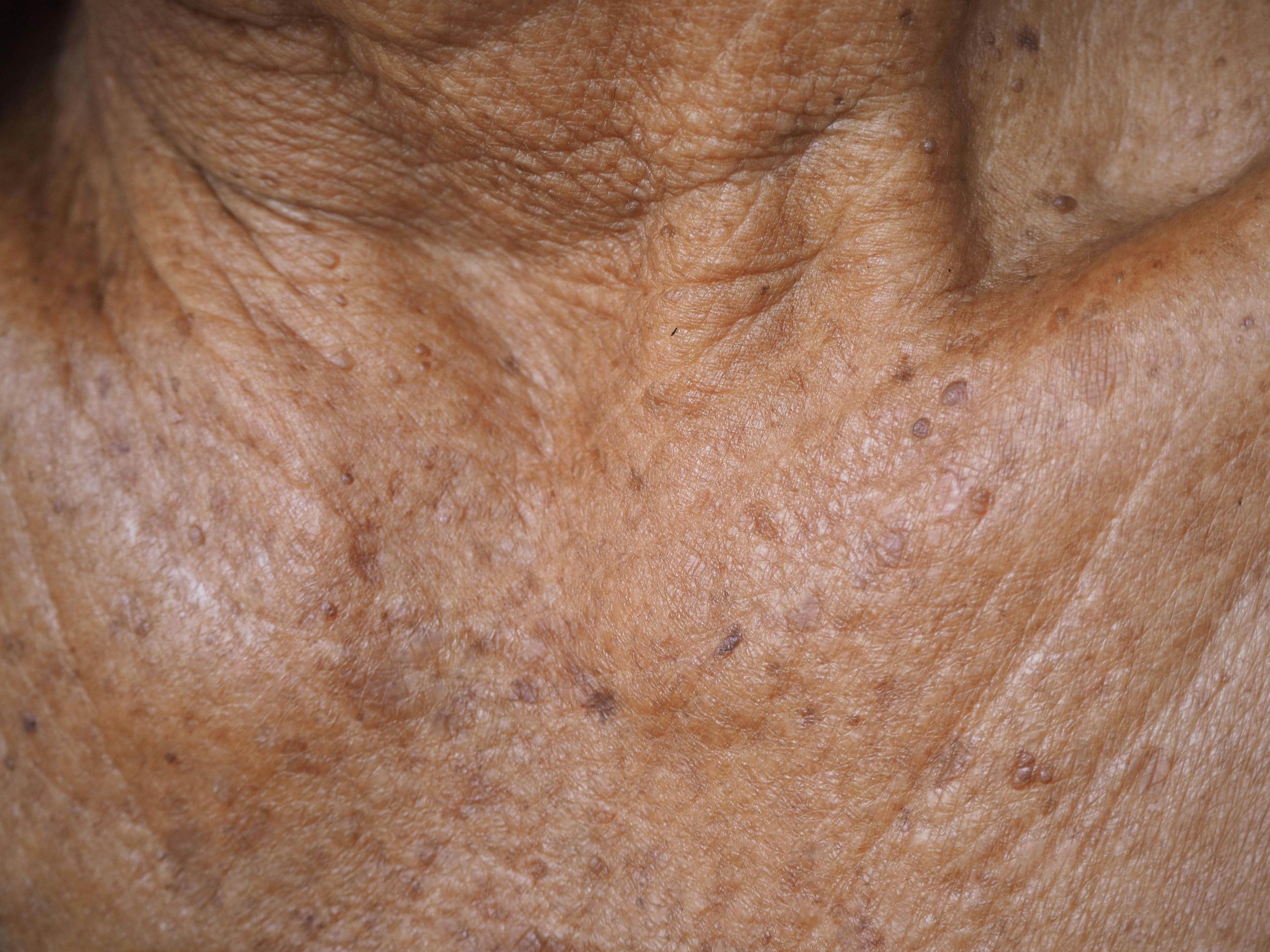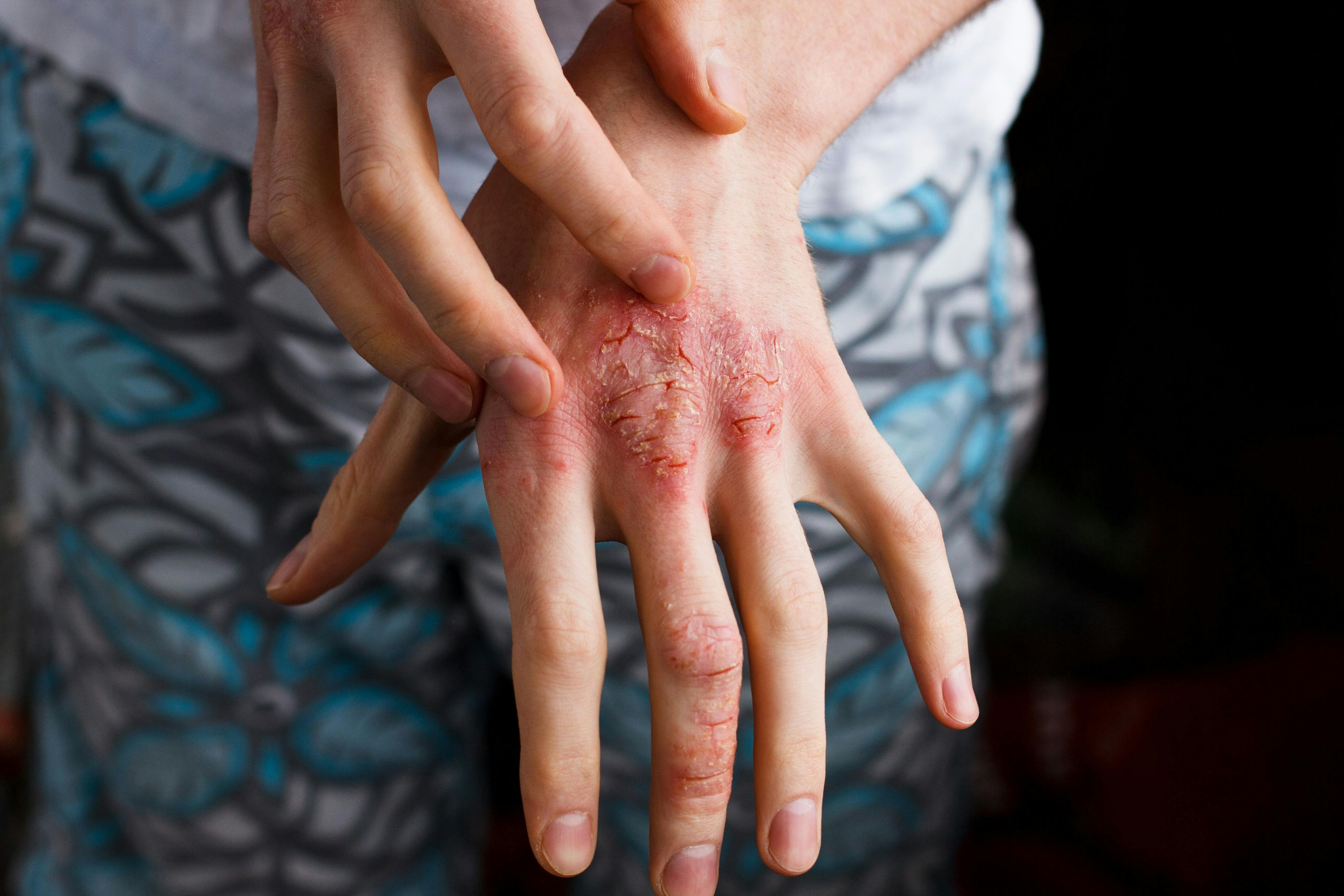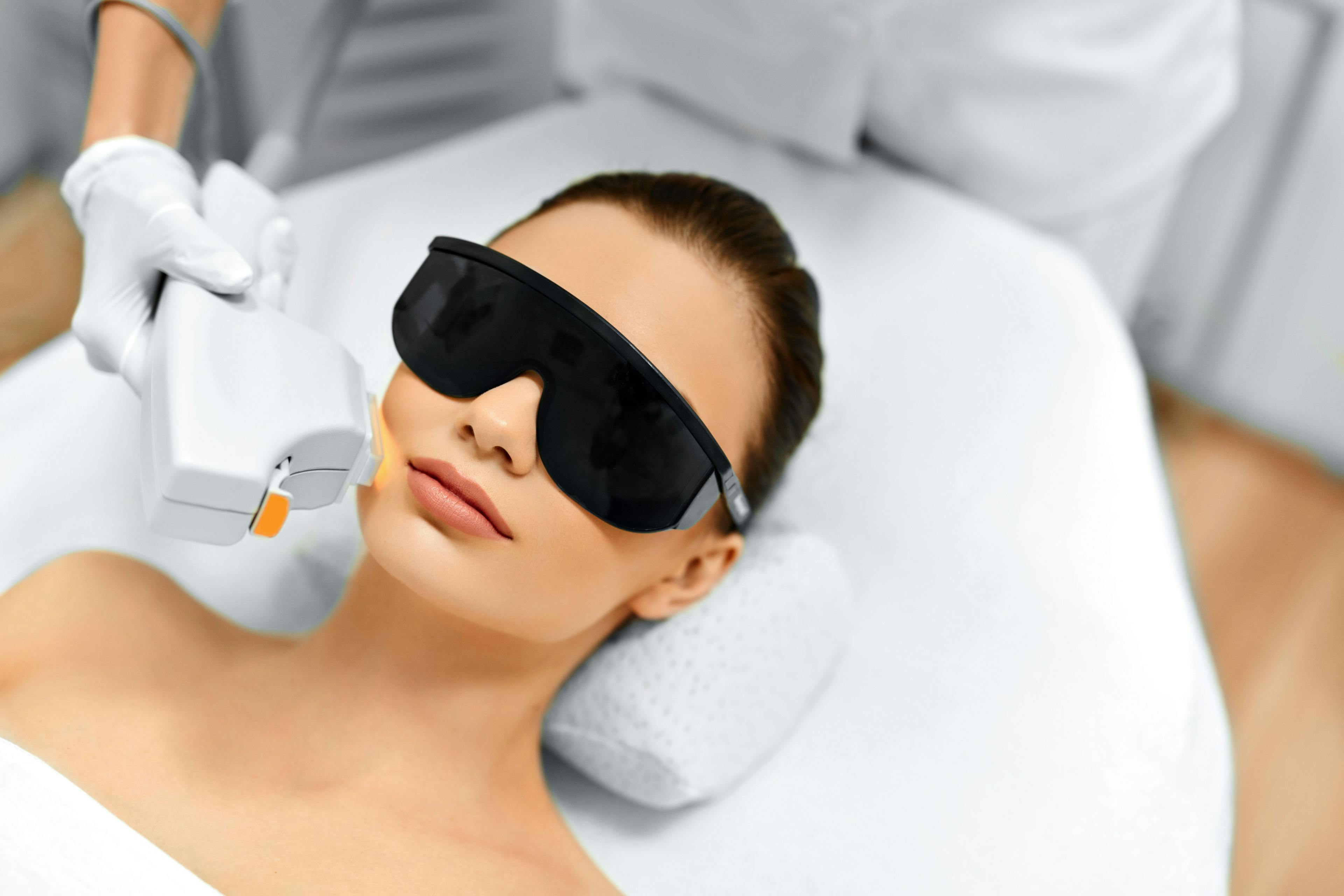- Acne
- Actinic Keratosis
- Aesthetics
- Alopecia
- Atopic Dermatitis
- Buy-and-Bill
- COVID-19
- Case-Based Roundtable
- Chronic Hand Eczema
- Chronic Spontaneous Urticaria
- Drug Watch
- Eczema
- General Dermatology
- Hidradenitis Suppurativa
- Melasma
- NP and PA
- Pediatric Dermatology
- Pigmentary Disorders
- Practice Management
- Precision Medicine and Biologics
- Prurigo Nodularis
- Psoriasis
- Psoriatic Arthritis
- Rare Disease
- Rosacea
- Skin Cancer
- Vitiligo
- Wound Care
Publication
Article
Dermatology Times
Sidestep Traps That Lead to Misdiagnosis
Author(s):
Dermatologist urges colleagues to take mindful measures to avoid errors.
Unconscious cognitive processes and poor decision-making frequently lead to diagnostic errors in dermatology, according to a speaker the 2021 American Academy of Dermatology (AAD) Summer Meeting held August 5 through 8, 2021, live in Tampa Florida, and virtually.1
“As dermatologists, we rely primarily on vision to make a diagnosis and, secondarily, auditory and verbal input,” said Jason B. Lee, MD, FAAD, a professor of dermatology at Thomas Jefferson University in Philadelphia, Pennsylvania, who spoke at a session on approaches to improving diagnosis.2 “[For] accuracy, we observe a skin finding that we properly categorize, then com- pare the visual data with our own mental database of dermatologic diagnoses. However, the notion that a dermatologist is an expert in all these steps is false, thus leading to misdiagnosis.” Diagnostic error in dermatology represents an alarming practice gap that has received scant attention, Lee said. Nonetheless, he added, it is crucial that clinicians accept the uncertainty intrinsic to medicine.
Lee’s interest in the topic of diagnostic error partly stems from his 12 years’ experience as a residency director. “I was trying to figure out why there are mistakes and diagnostic errors that young novices make vs someone who is more seasoned,” Lee told Dermatology Times®, “[as well as] the differences between the 2 groups and how we can help these younger physicians attain a more seasoned level, to minimize some of the errors that younger doctors tend to make on a regular basis."
In 2019, the Journal of the American Academy of Dermatology published 2 articles about dermatologic diagnosis, 1 on key cognitive principles and the other on diagnosis and error. The articles also discussed pitfalls and biases that occur during decision-making.2,3 Study findings indicate that cognitive processes account for 75% of diagnostic errors, according to the authors. “It does not appear that knowledge deficit contributes much to errors,” Lee said. “This is surprising because we do not think about cognitive processes as being the reason.”
Currently, making a diagnosis is often a split-second decision, “usually within the first 20 seconds of encountering a patient,” Lee said. “And that is how we want to do things. We do not want to do things deliberately slow. There is a tendency for our cognitive process to want to do things really fast.”
These underlying processes are called heuristics: “shortcuts we take to arrive at a desired diagnoses,” Lee explained. “However, with heuristics, there are some predictable cognitive errors that occur.”
When considering a disease, physicians tend to go through a mental library. of images and diseases. “We are trying to match the image to the patient’s disease,” Lee said. “This process is known as representative heuristics.”
Availability heuristics, on the other hand, involve relying on factors that are more familiar and recently seen. “We see what we know,” Lee said. “A dermatologist who is expert in lymphoma sees more lymphomas and thus is searching for lymphomas, in contrast to a physician who is expert in psoriasis and will diagnose more psoriasis, even if it is not psoriasis.”
These mental shortcuts can bring perils, however. “Being aware of some of these pitfalls and knowing our cognitive process can help you realize the reason behind some of these diagnostic errors,” Lee said. With representative heuristics, a common trap is to focus on a finding and try to match it with a previously seen disease, accord- ing to Lee: “A seasoned dermatologist will lean toward things that are more common, whereas a younger physician will sort of ignore the prevalence rate, referred to as base rate neglect.”
If 2 conditions look similar, the more common one likely will be diagnosed more often. “Statistically, psoriasis is more common than mycosis fungoides, a lymphoma of the skin, for example, but [the 2 diseases] look similar,” Lee said. “Acne, rosacea, and lupus also simulate each other, so they are often misdiagnosed. If these 2 conditions look similar at flush blush, you have to look for things, basically, that favor one or the other.”
For example, eye involvement and dryness are more prominent with rosacea than with lupus. Rosacea is also more unilateral. “The butterfly rash of the cheeks in lupus is usually bilateral,” Lee said. “It goes back to understanding the spectrum of the presentation for the different diseases.”
Representative heuristics tend to neglect the base rate or prevalence of disease. “If you have a choice, you would want to choose a disease that is more common than rare,” Lee said.
Overconfidence also leads to diagnostic errors. “While overconfidence is an attribute that is respected and desired in medicine, it pre- vents you from being more analytical,” Lee said. For instance, a dermatologist may be fairly confident when diagnosing rash. “But it prevents you from thinking of other possibilities, so the think- ing process goes awry,” Lee said. “Being more circumspect is the advice from most experts.”
All this decision-making happens at an unconscious level, automatically, according to Lee. “It is difficult to control things or at least try to think about these processes and try to under- stand where things go wrong,” he said.
Dermatologic conditions that are prone to diagnostic error are “not esoteric things that are out there,” Lee said. “It is often the routine, bread-and-butter diagnoses that are missed, both]
among primary care doctors and dermatologists. Practitioners do not recognize the uncommon presentations of common diseases.”
Routine fungal infections such as tinea, psoriasis, and eczema are particularly prone to mis- diagnosis. “Clinicians do not understand, or they do not have the knowledge of, the broad spec- trum that these conditions can present,” Lee said. “For example, psoriasis has a huge spectrum of presentation. Tinea corporis or dermatophytosis also [has] a variety of clinical presentations.”
Similarly, lichen planus is relatively common, typically characterized by flat-topped papules and plaques. “However, when the disease presents as an atrophic variance that is flatter, people do not think of the diagnosis,” Lee said.
In skin of color, lichen planus is very violaceous. “But when it presents in very fair-skinned individuals, it can just be pink and therefore is not recognized as lichen planus right off the bat,” Lee said. “Often, a biopsy is required to confirm the diagnosis.”
Dermatologic conditions may also be treated inappropriately, altering the characteristic appearance of lesions. Lee recommended that when making a diagnosis, dermatologists not just focus on the case in front of them but also take a step back and consider other possibilities. “Make sure whatever data you have matches the diagnosis that you are contemplating,” he said.
Clinicians should also avoid getting caught in the trap of bias. “One of these is premature closure, where you basically formulate a diagnosis without thinking of other possibilities,” Lee said. “Instead, take a diagnostic time-out. Dermatologists should not be pressured to make a quick diagnostic decision, especially when the stakes are high, like with melanoma or toxic epidermal necrolysis. People can die from these diseases.”
Taking certain steps may help enhance diagnostic accuracy, according to Lee. Sharpening visual observational skills, even in areas unrelated to dermatology, such as observing a paint- ing, may be of benefit. Following a checklist also can help prevent judgment flaws, as long as the items are short and to the point.
However, there are no shortcuts to achieving accuracy. “Your best defense against these cognitive errors is experience in a regular setting and receiving feedback from your patients,” Lee said. “When I make a diagnosis and the patient never comes back, I have no idea whether I got the diagnosis right; therefore, the methodical feedback from your patients and bias reports is important to ensure that your diagnosis is accurate and that your treatment is appropriate.”
When a patient does not return to the office, the reason might be that the patient got better—or that they sought treatment elsewhere because the original therapy was ineffective. “Without feedback, you do not know your accuracy in diagnoses and the outcome of your patients,” Lee said.
Ultimately, diagnosis is an evolving hypothesis based on assumptions and interpretations of findings. “The reality is that medicine is not nearly as evidence based as we imagine and our understanding of disease is much less than we think,” Lee said.
Only after dermatologists acknowledge their numerous diagnostic blind spots can they begin to reduce error. “By accepting our limitations and ignorance, while avoiding complacency and over- confidence and displaying humility, we will better serve our patients,” Lee said.
Despite these cognitive behaviors occurring at a subconscious level several times a day in practice, maintaining vigilant awareness is key. “It is something I try to do in my own practice, but it is difficult to avoid because our cognitive process is sort of hardwired this way,” Lee said. “All that we can do, particularly when the stakes are high, is do the best we can to minimize errors.”
Disclosures
Lee reports no relevant financial disclosures.
References
1. Lee J. Approach to improving diagnosis. Presented at: 2021 American Acad- emyofDermatologistsSummerMeeting;August5-8,2021;Tampa,Florida and virual. Accessed October 14, 2021.
2. Ko CJ, Braverman I, Sidlow R, Lowenstein EJ. Visual perception, cognition, and error in dermatologic diagnosis: key cognitive principles. J Am Acad Dermatol. 2019;81(6):1227-1234. doi:10.1016/j.jaad.2018.10.082
3. Lowenstein EJ, Sidlow R, Ko CJ. Visual perception, cognition, and error in der- matologic diagnosis: diagnosis and error. J Am Acad Dermatol. 2019;81(6):1237- 1245. doi:10.1016/j.jaad.2018.12.072
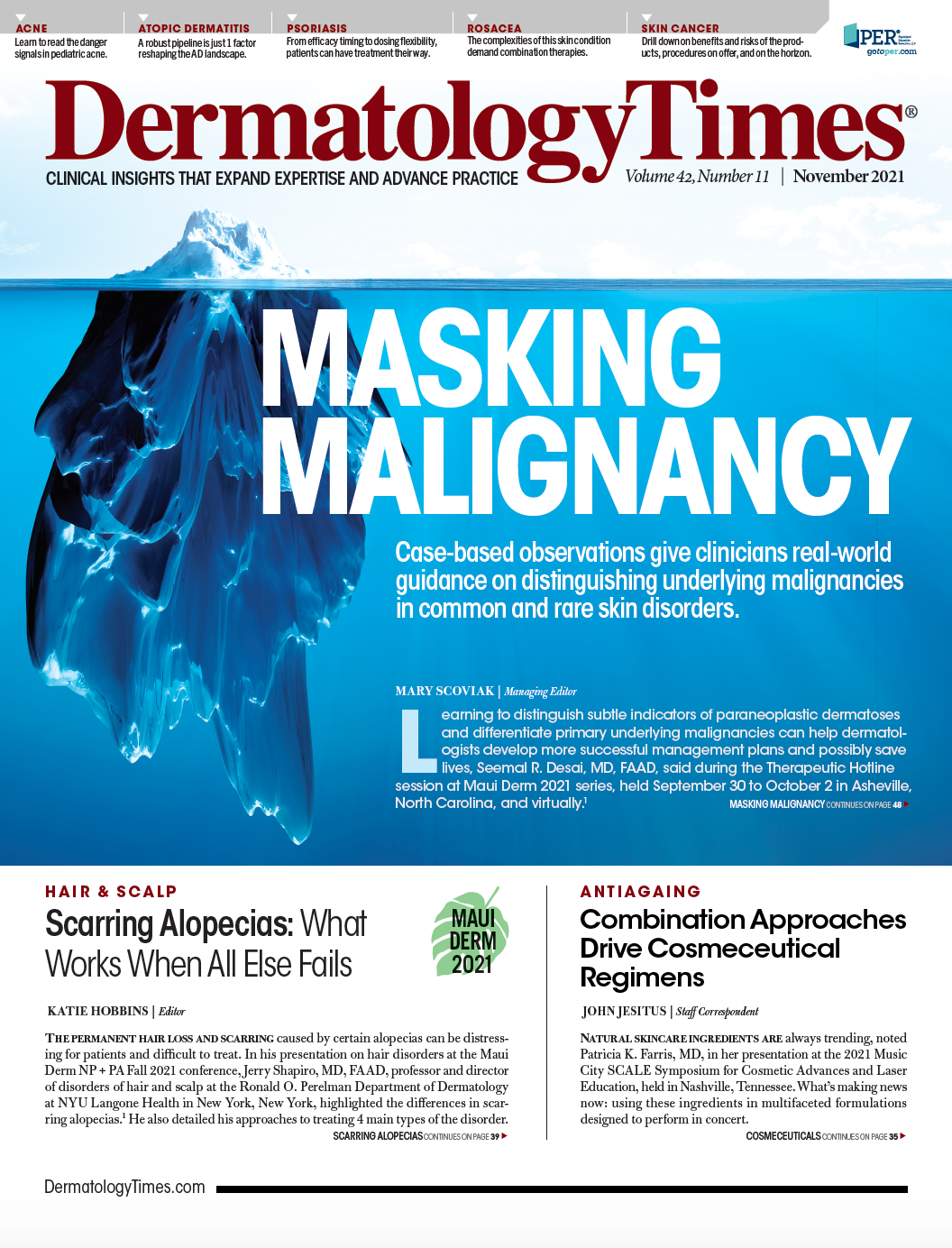
Newsletter
Like what you’re reading? Subscribe to Dermatology Times for weekly updates on therapies, innovations, and real-world practice tips.











